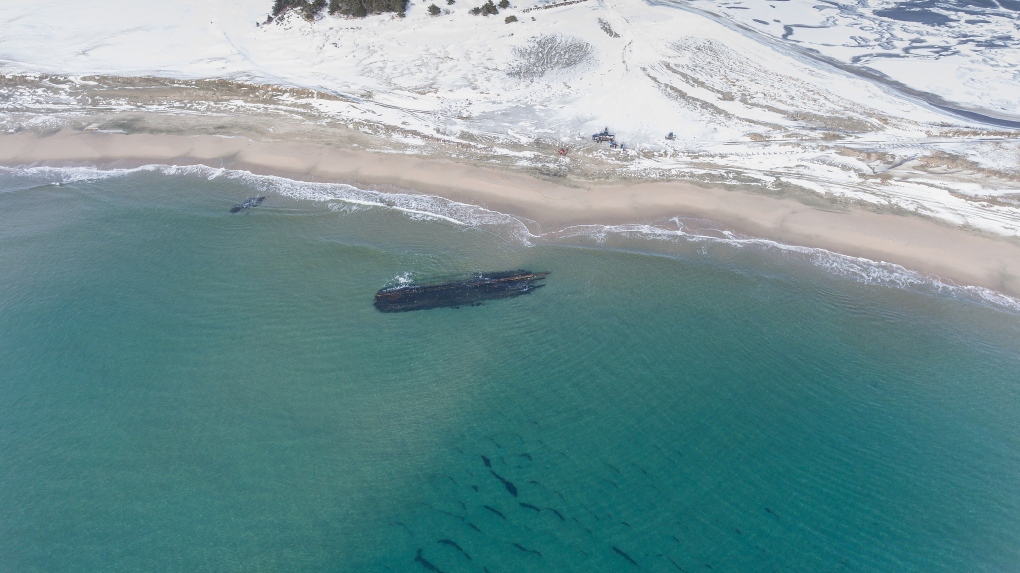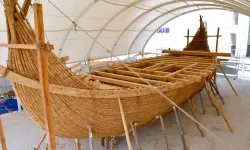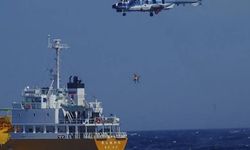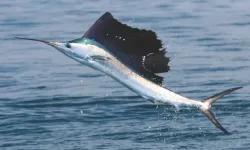The vessel has sparked excitement in the local community of approximately 250 residents since it was first spotted by a hunter in late January.
Residents have actively engaged with the shipwreck, posing for pictures with its wooden remnants and urging authorities to secure the structure. Speculations about the ship's mysterious origins have circulated on social media, capturing the attention of local photographer Corey Purchase. Using a drone, Purchase captured aerial images revealing the ship's estimated length of 90 feet, describing the find as "a pretty amazing discovery."
While shipwrecks are not uncommon in the coastal region of Newfoundland, the large size of this vessel washing ashore in Cape Ray Cove near the Gulf of St. Lawrence is considered a rarity. The ship's potential connection to Hurricane Fiona, a destructive Category 4 storm in September 2022, adds intrigue to its arrival, destroying about 100 homes along the southwestern Newfoundland coast.
Neil Burgess, President of the Shipwreck Preservation Society of Newfoundland & Labrador, plans to survey the ship this weekend. Initial observations from photographs suggest a construction style indicative of the 1800s, with large treenails and copper pegs commonly used during that era.
The Cape Ray area has witnessed about a dozen recorded shipwrecks in the last three centuries due to its exposed and treacherous shoreline. Burgess hopes to identify the ship by determining its wood type and age during the upcoming survey.

The fate of the ship rests with the Provincial Archaeology Office, which has yet to decide on the next steps. Past practices involve burying shipwrecks in the sand for preservation, allowing future research.
Volunteers from Clean Harbors Initiative, Shawn Bath and Trevor Croft, have stepped in to secure the vessel using ropes and straps, preventing it from drifting. Underwater footage has been recorded to document the ship's current state, ensuring evidence in case of future storms.





